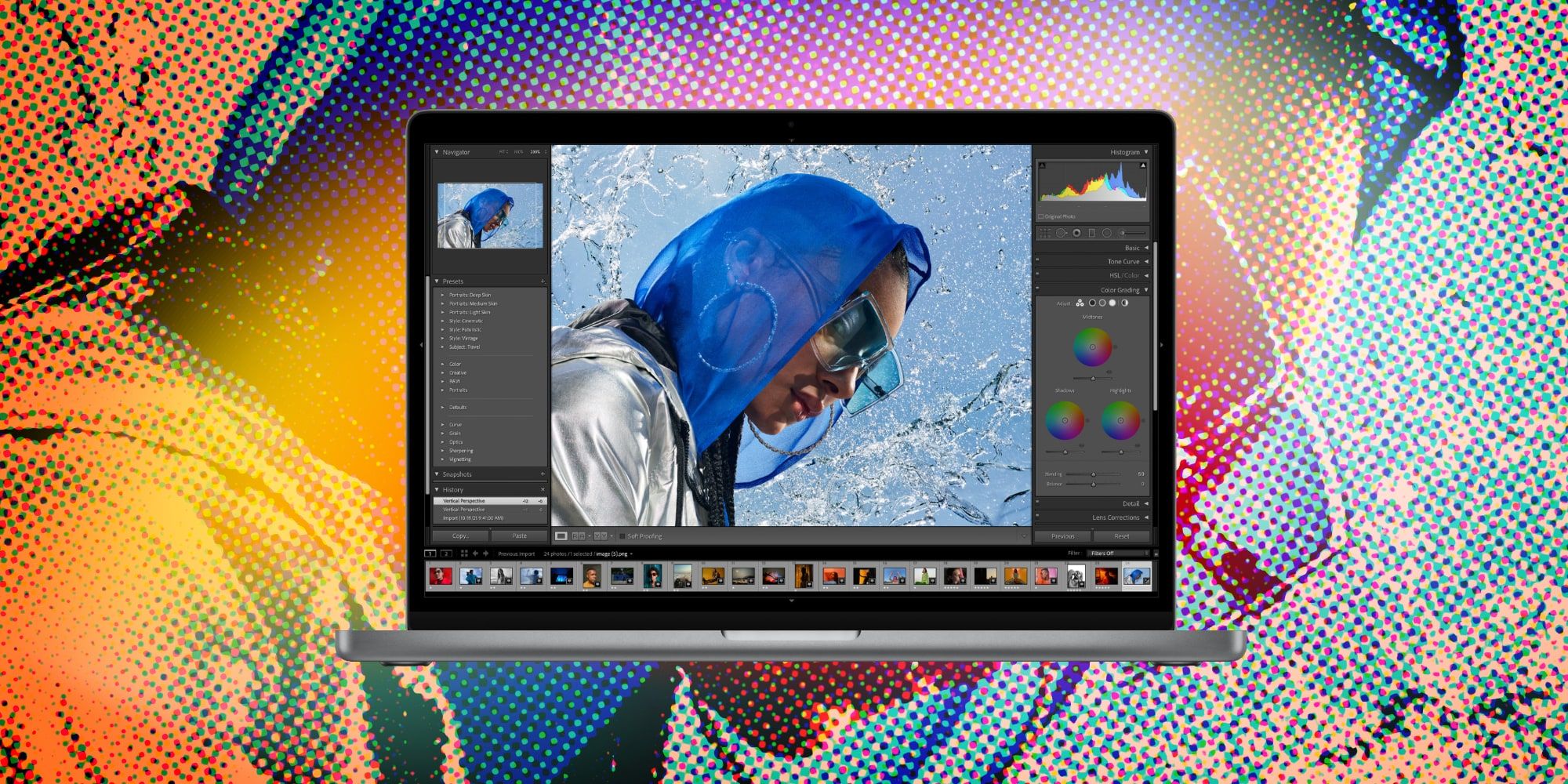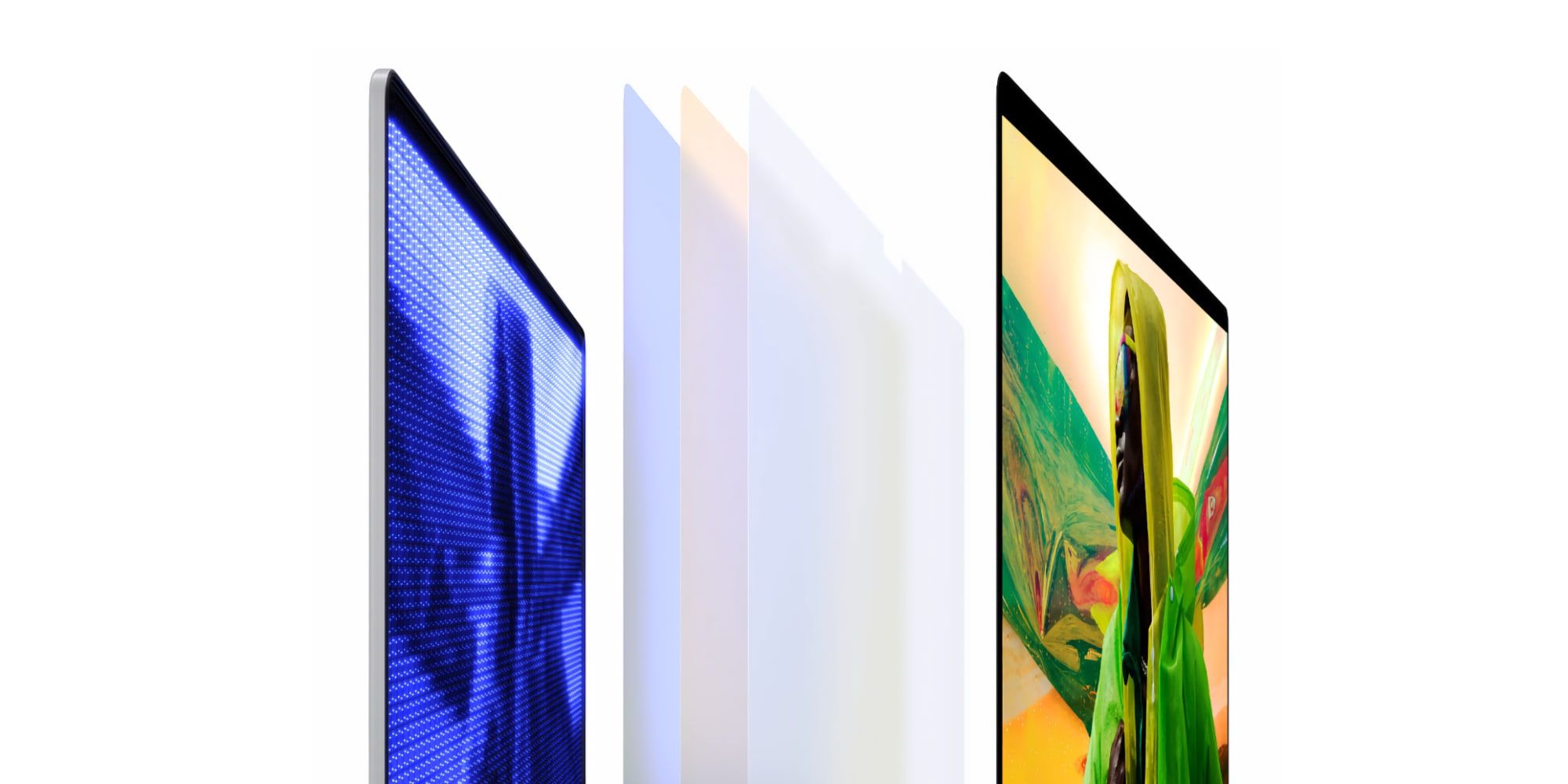The 2021 MacBook Pro boasts an impressive Liquid Retina XDR ProMotion mini-LED Display, and while Apple clearly made an excellent screen, there are enough technical words in the name to be dizzying. The laptop's screen is the primary method for the computer to share information with the user and is just as important as the more profound hardware components that tend to receive more attention.
Apple developed new chips for the 2021 MacBook Pro, building upon the success of the M1 chip in last year's 13-inch MacBook Pro and increasing the number of CPU cores to 10. The M1 Pro chip doubles the number of GPU cores to 16, and the M1 Max quadruples graphics processing cores to 32. The new laptops also offer up to four times more memory and storage capacity, a better webcam, as well as additional speakers that support Spatial audio playback.
The most visible improvement to the 2021 MacBook Pro is the super-bright display and crisp screen, the user's window to all of this processing power. Apple uses the term Liquid Retina to refer to a liquid crystal display (LCD) that is so densely packed with pixels that the human eye can't discern the individual dots that make up the image. XDR is the acronym for extended dynamic range, the amount of variation possible between the darkest and lightest possible intensity of a pixel. The 2021 MacBook Pro boasts a one-million to one contrast ratio and a density of 254 pixels per inch. Sustained full-screen brightness reaches 1,000 nits and has a peak intensity of 1,600 nits, incredibly bright for a laptop screen. Apple calls its adaptive display refresh rate ProMotion, and it can adjust between 24 and 120-hertz.
How Apple Made 2021 MacBook Pro's XDR Display
The key innovation that allowed Apple to build an XDR display into its 2021 MacBook Pro is mini-LEDs. These tiny, super-bright light-emitting diodes are spread across the display, providing ten-thousand of local dimming zones that make blacks darker than would be possible with traditional LED backlighting. In addition, seven optical film layers serve to diffuse the individual light sources, adjusting the tint of the mini-LEDs to pure white to provide an ideal backlight source. The backlight shines through an oxide thin-film transistor (TFT) LCD panel that can refresh pixels at up to 120 times per second for smooth motion or slow to 24 updates per second to save power.
Apple's 2021 MacBook Pro can display high dynamic range (HDR) photographs and Dolby Vision videos with vivid colors, sharp details, brilliant whites, and deep blacks. One billion colors can be revealed using a wide P3 gamut. At the same time, Apple's True Tone technology can optionally adjust the color temperature to match the ambient light, which is helpful for designers that might be using color reference cards or paint chips. Apple calls the 2021 MacBook Pro's screen the world’s best notebook display, and given its impressive specifications, that might not be an exaggeration.
Source: Apple


